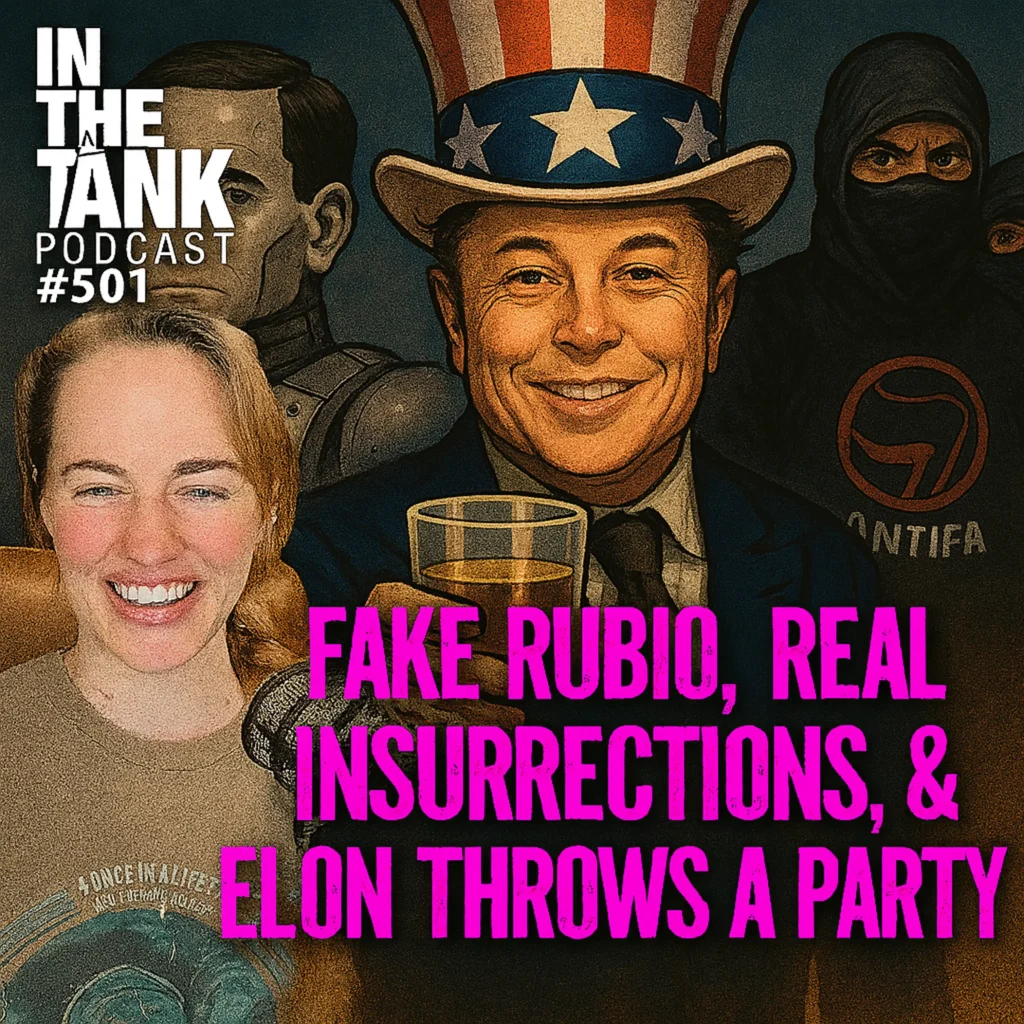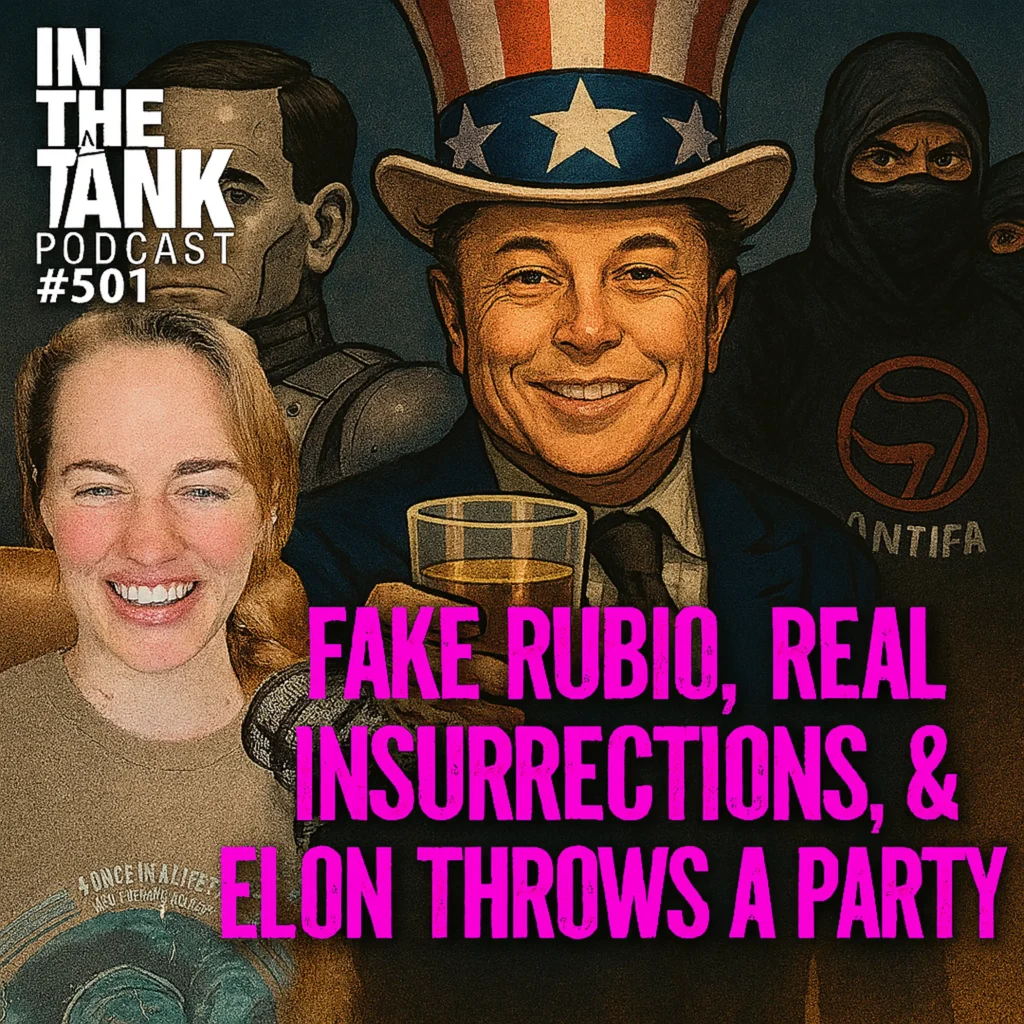To: Senator Orrin Hatch Chairman Committee on the Judiciary, United States Senate
Dear Chairman Hatch:
Please accept the following comments to the Senate Committee on the Judiciary pertaining to the meeting scheduled for March 5, 2003, on asbestos litigation. Please make these comments part of the official record of that meeting.
I am the president of The Heartland Institute, a nonprofit research organization based in Chicago. I conducted research on asbestos safety and litigation in the mid-1990s for a book I coauthored titled Eco-Sanity: A Common-Sense Guide to Environmentalism. Since then I have monitored the asbestos controversy by overseeing several publications of The Heartland Institute devoted to scientific controversies and lawsuit abuse, and have occasionally written on the subject.
The asbestos litigation crisis
Starting in the 1930s, it was recognized that exposure to asbestos could cause serious health problems. Millions of workers were exposed to asbestos during the 1940s and 1950s, and when their symptoms became apparent between 20 and 40 years later, the lawsuits began. At first, sick workers sued companies such as Johns-Manville that manufactured asbestos products. Johns-Manville filed for Chapter 11 bankruptcy protection in 1982, and was soon followed by the entire asbestos textile industry.
Many of us thought the “asbestos crisis” ended when governments, businesses, and schools spent billions of dollars “remediating” buildings by removing asbestos during the 1980s and 1990s. We were wrong. Over 200,000 lawsuits are now pending, alleging a threat or potential threat to a person’s health due to exposure to asbestos. Some experts predict that up to two million people may eventually file suit and payments could reach $100 billion.
The second wave of lawsuits was filed on behalf of workers exposed to asbestos-containing products in their workplaces, such as shipyards, refineries, railroads, and power plants. Then workers in the construction industry began to sue, alleging harm caused by drywall products, fireproofing sprays, and other asbestos-containing construction materials.
The latest wave of litigants are people who have medical proof of exposure to asbestos but do not suffer from disease as a result of that exposure. Due to the low level of their exposure, most probably never will. Nevertheless, they file suits to be assured of getting benefits should the statute of limitations run out before they show symptoms of an asbestos-related disease. Some 90 percent of new asbestos cases are brought by individuals with no physical impairment.
Each new wave of litigation brings a new and larger circle of companies into the tort trap, including smaller and smaller businesses such as contractors, distributors, and the owners of premises where asbestos was found. Companies that acquired companies that manufactured or used products containing asbestos a half-century ago, such as Halliburton (where Dick Cheney was CEO before President Bush recruited him to run for Vice President) have also found themselves exposed to legal liabilities reaching millions and even billions of dollars.
By the end of the 1990s, some 40,000 new lawsuits were being filed each year, threatening the bankruptcy of countless companies both large and small. Sixty-five percent of the funds generated by asbestos litigation, according to a RAND Corporation study, doesn’t reach the people who are supposed to benefit, but finances instead a complex and adversarial system that takes years to decide who is entitled to benefits and how much.
Prospects for reform
To cope with the huge number of asbestos lawsuits being filed, the courts have tried to facilitate settlements. However, in 1997 and again in 1999 the U.S. Supreme Court ruled against such efforts saying they violated the rights of too many victims and potential victims. “This litigation defies customary judicial administration,” wrote Judge David H. Souter in the 1999 case, “and calls for national legislation.”
“Asbestos compensation through the tort system is broken – seriously, irreparably, and incontrovertibly,” said Law Professor Michael Green of University of Iowa before a Senate subcommittee in October 1999. “Everyone knows that the system is broken, judges know it, commentators know it, asbestos victims know it, their families know it, the experts who testify over and over and over again know it, and the lawyers who are litigating these cases know it.”
A variety of solutions have been discussed and seem workable, but opposition from the plaintiff’s bar to administrative remedies, trust funds, and anything resembling “tort reform” has narrowed the list of politically feasible reforms. One that shows promise is Sen. Don Nickles’ Asbestos Claims Criteria and Compensation Act, which Nickles says (in his statement to you for today’s hearing) “would require a reasonable set of medical criteria to be used to ensure that those who suffer from asbestos-related disease or impairment can find legal remedy without unnecessary delay. It would put those truly sick individuals at the front of the compensation line, while preserving the legal rights of individuals who may become sick in the future.”
With every month that passes, more victims of exposure to asbestos die before they or their families receive even a single cent from the companies responsible for their plight. Thousands more suits are filed in state and federal courts by people at very low risk of ever having an asbestos-related health problem. Court dockets are jammed with what ought to be low-priority cases, and claimants who make it to trial spin the wheel of fortune and may, or may not, win awards of hundreds of thousands, or even millions, of dollars.
This is not the way to address a national medical challenge or to achieve justice. Congress needs to move on reform legislation now, or risk facing the angry victims of asbestos and the asbestos litigation crisis in the future.
Sincerely,
Joseph L. Bast
President, The Heartland Institute




